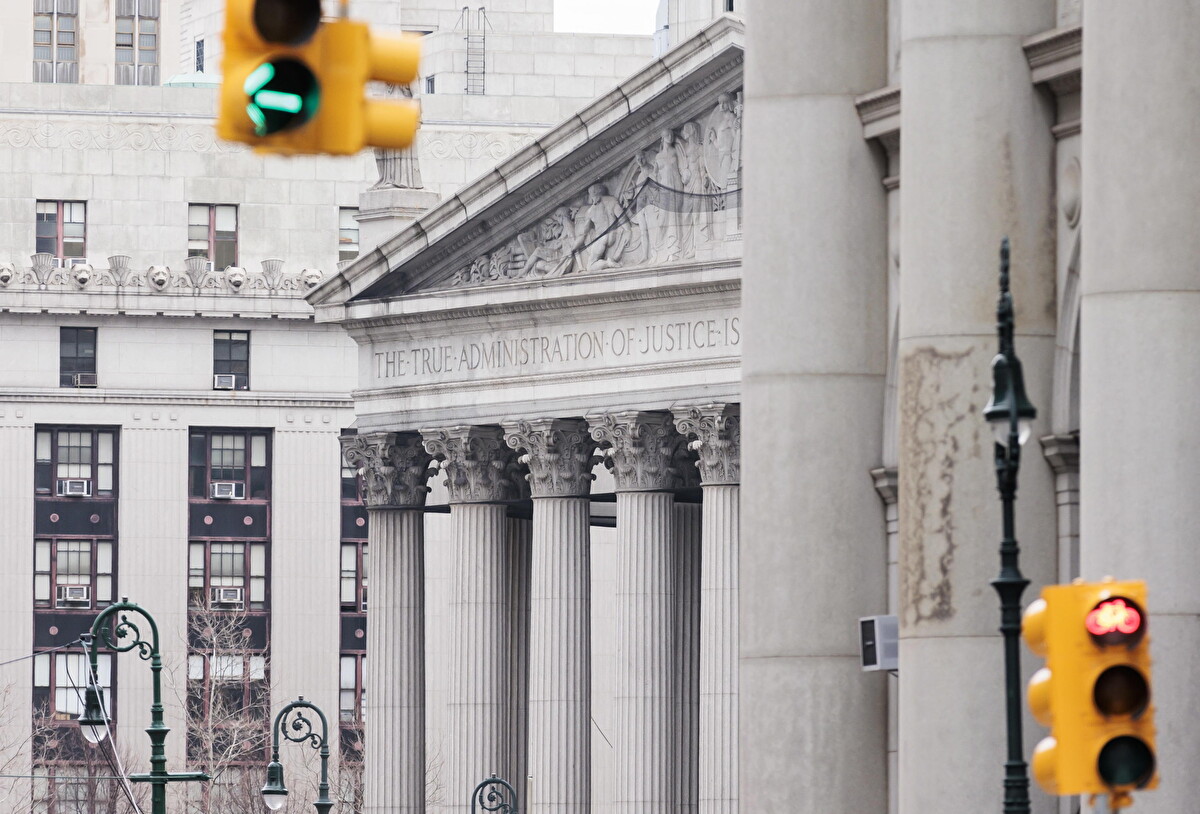A happy tourist flipping a coin over the shoulder into the baroque beauty of Rome’s Trevi Fountain to ensure that fate will bring them back to the Eternal City. It’s an image that is indelibly associated with Italy and no visitor to Rome would miss the opportunity to create that memory.
But with the passage of time—and the overwhelming presence of millions of tourists a year– even the most enduring monuments require care and attention. As of November, access to the Trevi Fountain will be restricted. The decision may bring disappointment to eager tourists, but if Rome is to preserve its historical sites for future generations, it’s necessary. The restriction is part of a larger plan to clean and restore the fountain, ensuring that its marble statues and intricate reliefs continue to captivate visitors with their beauty and craftsmanship. Technicians will clean the fountain’s shallow basin of grime, calcium deposits, bacteria and weeds growing in cracks. The majestic fountain features small brackets made of bronze, lead and iron which over the years have marred its beauty by leaching orange stains onto the monument’s travertine and marble blocks.
The move also hints at a broader strategy to manage the overwhelming number of tourists that flock to this iconic site each year. A glass and steel walkway will be constructed to allow visitors a view of the fountain while keeping the site secure during the cleaning process. This phase should last through November 2024. However, this temporary measure is seen as a precursor to a more structured approach to tourism, with tentative plans to implement a timed ticket system to alleviate overcrowding and maintain the integrity of the fountain.
The restrictive measures come as Rome braces for next year’s jubilee, a special holy year of Vatican events that is expected to attract millions of pilgrims in addition to the usual flow of tourists.

Roberto Gualtieri, the mayor of Rome, said the walkway will be an experiment that will help officials better understand the flow of tourists that visit the fountain throughout the year.
“A set number of tourists will be allowed to enter the walkway and when they exit at the other end, other visitors will be allowed to enter,” the mayor said at the presentation of the plan in Rome’s town hall.
Rome is one of many global tourist magnets that are struggling with the ravages that such love brings: overcrowding, noise pollution, disruption of local life, the degradation of the monuments.
Miguel Gotor, the councilor responsible for culture, sees the glass walkway as a way to maintain the tourist experience while the necessary work is underway. “We’re conscious of the fact that this is one of the most iconic monuments in the world, but the fountain will remain visible throughout the maintenance period,” he reassures.
While tourism is the economic lifeline of many cities and countries, the preservation of historical sites must be balanced against the economic benefits that it brings. The Trevi Fountain’s renovation and the potential for a small entrance fee represent a proactive approach to conservation, one that we may be seeing in the near future at many other tourist destinations.












